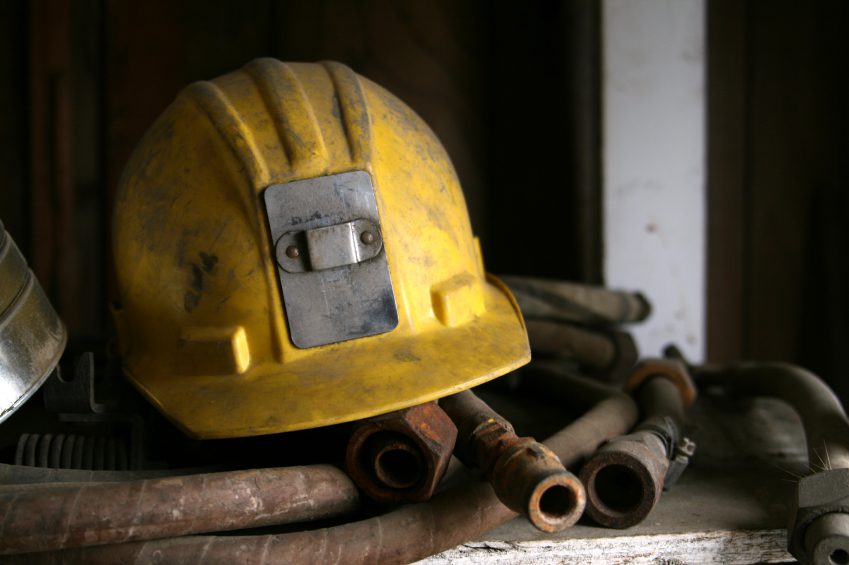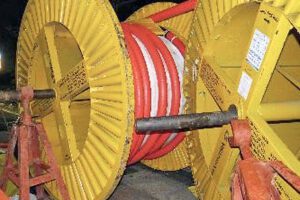A process operator received burns to his body and face while undertaking routine maintenance, according to a significant incident report released by the DMP.
The report states the operator opened the drain valve to verify isolation while cleaning a screen box (inline filter) connected to pipework below a thickener tank. Upon opening the screen box door, the operator found the screen full of material, and as he pulled the screen out of its housing, a blockage upstream of the screen box dislodged.
The operator was engulfed in 95°C caustic solution, receiving thermal and caustic burns to his body and face.
The main isolation valve being open was highlighted as a direct cause in the incident, as well as the operator standing in front of the screen box when the blockage dislodged.
A contributory cause was stated as a failure to verify the isolation of valves through either a second and independent method of ensuring all valves were closed, or checking the effectiveness of each isolation point by separately observing a “change of state”.
“The operator mistakenly thought he had closed the main isolation valve but its function was actually being performed by a blocked pipe. Excessive scale had built up inside the vessel after scheduled maintenance was delayed,” the report said.
“It was difficult to determine the position of the main isolation valve (i.e. open versus closed). Operators were not required to lock or tag isolation points for routine work.”
The department recommended action be taken towards plant design and modifications, safe systems of work and verifying isolation, for work involving hazardous substances.
“Consider plant design that enables positive and proven isolation methods such as physical disconnection, single block and bleed and spade, and double block and bleed,” the DMP suggested.
“An isolation valve may leak and fail to isolate. If the isolation is not verified appropriately, the leak or failure may not be recognised until the job starts. When conducting an isolation, prove all isolation points before proceeding with intrusive work.
“Each isolation valve should be proved separately by observing a ‘change of state’ between close-open-close positions after the system has been fully drained. Valves need to experience
full system pressure to ensure they hold.
“A ‘try test’ needs to be completed to verify all electrical, hydraulic and instrument air circuits have been isolated. The “test for dead” needs to consider all potential hazards, such as residual amounts of corrosive, toxic or flammable substances, retained pressure, hot condensate and steam. Do not rely on an unproven or inconclusive isolation.”














Greg Whelan Karl Keeley sounds like an Alumina refinery?
Could be anywhere Gaz
i have seen that happen without injury on one of our screen boxes